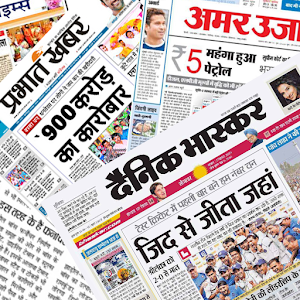The history of advertising dates back to ancient civilizations where merchants used town criers and clay tablets to announce their goods and services. Over the centuries, advertising evolved significantly, reflecting changes in society, technology, and commerce. The invention of the printing press in the 15th century marked a pivotal moment, enabling mass communication and the spread of printed advertisements. By the 18th century, advertising had become a staple in newspapers, which were emerging as a primary source of news and information.
Newspapers themselves have a storied history, with their origins traced to the early 17th century in Europe. These publications quickly gained popularity, becoming a vital means of disseminating news, information, and public notices. As literacy rates increased and printing technology advanced, newspapers flourished, reaching wider audiences and cementing their role in society. The 19th and 20th centuries saw newspapers become indispensable, providing readers with a reliable source of current events, opinions, and advertisements.
Newspaper advertising evolved alongside the publications, starting with simple classified ads and growing into a sophisticated marketing tool. Early ads were often text-heavy and placed in specific sections, but as competition and creativity grew, so did the complexity and visual appeal of these ads. Advertisers recognized the potential of newspapers to reach a broad and engaged audience, leading to innovations such as full-page ads, colour printing, and targeted placements.
Despite the advent of digital media, newspapers have maintained their popularity among readers for several reasons. They offer in-depth reporting, comprehensive coverage, and a tangible product that many people still prefer over digital screens. Newspapers are trusted sources of information, providing credibility that many online platforms struggle to match. Furthermore, they cater to diverse audiences, with specialised sections for various interests, ensuring a broad reach.
Newspaper ads possess a higher persuasion power compared to radio or television ads for several reasons. Readers engage with newspapers in a focused and deliberate manner, often spending significant time perusing content. This captive audience provides advertisers with an opportunity to convey detailed messages and visuals without the fleeting nature of broadcast media. Moreover, the physical presence of a newspaper ad allows for repeated exposure, enhancing recall and impact.

Modern technology has further enhanced the appeal of newspaper advertising by making it possible to book ads online. This convenience allows businesses and individuals to place advertisements from the comfort of their own homes or workplaces, streamlining the process significantly. releaseMyAd offers customers a seamless and hassle-free ad booking experience, catering to a wide range of newspapers and ad formats. This user-friendly newspaper ad booking service ensures that advertisers can easily navigate the complexities of ad placement.
releaseMyAd stands out by guaranteeing the lowest rates for all types of newspaper ad requirements. This commitment to affordability, combined with an intuitive platform, makes it an ideal choice for advertisers looking to maximise their budget while reaching their target audience effectively. The ability to book ads online has democratised access to newspaper advertising, allowing even small businesses and individuals to leverage the power of print media.
The evolution of advertising has seen newspapers adapt and thrive in the digital era, maintaining their significance as an advertising medium. With more than a decade of experience in the industry, releaseMyAd exemplifies this modern approach, offering a streamlined and cost-effective solution for all advertising needs, keeping the tradition of newspaper advertising alive and thriving in the digital age.

